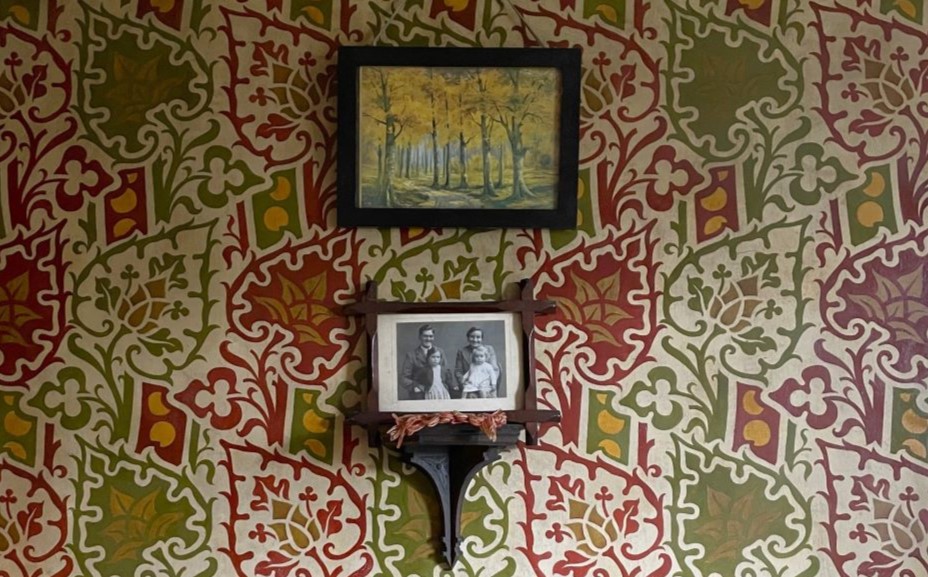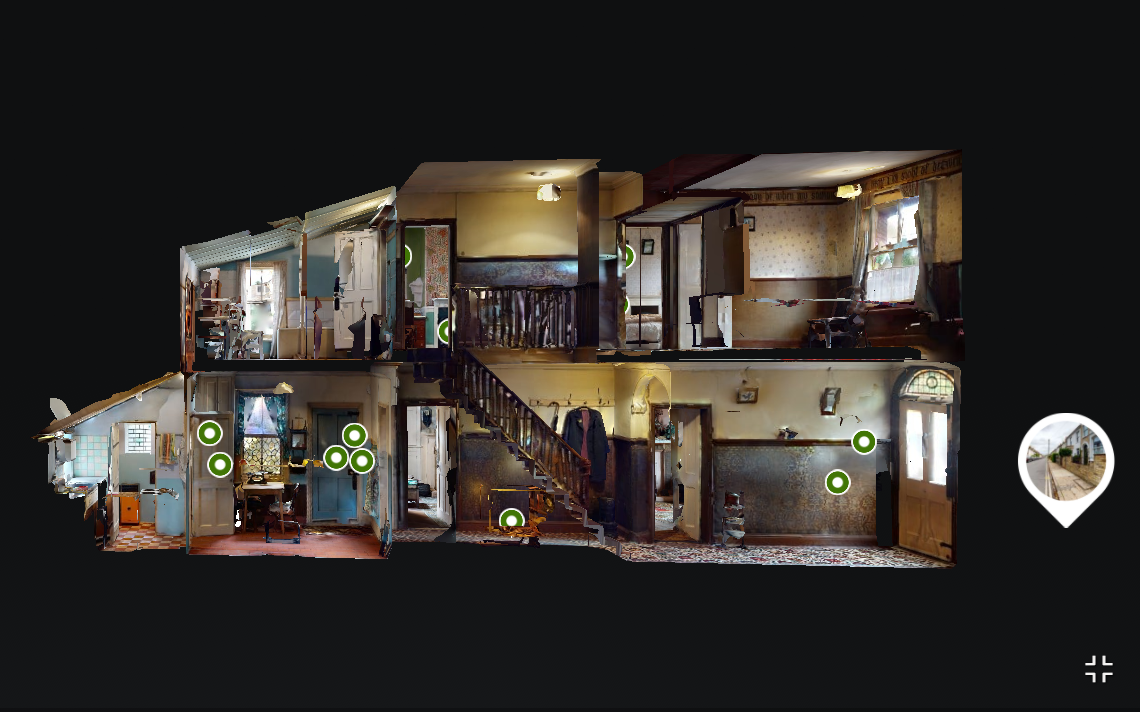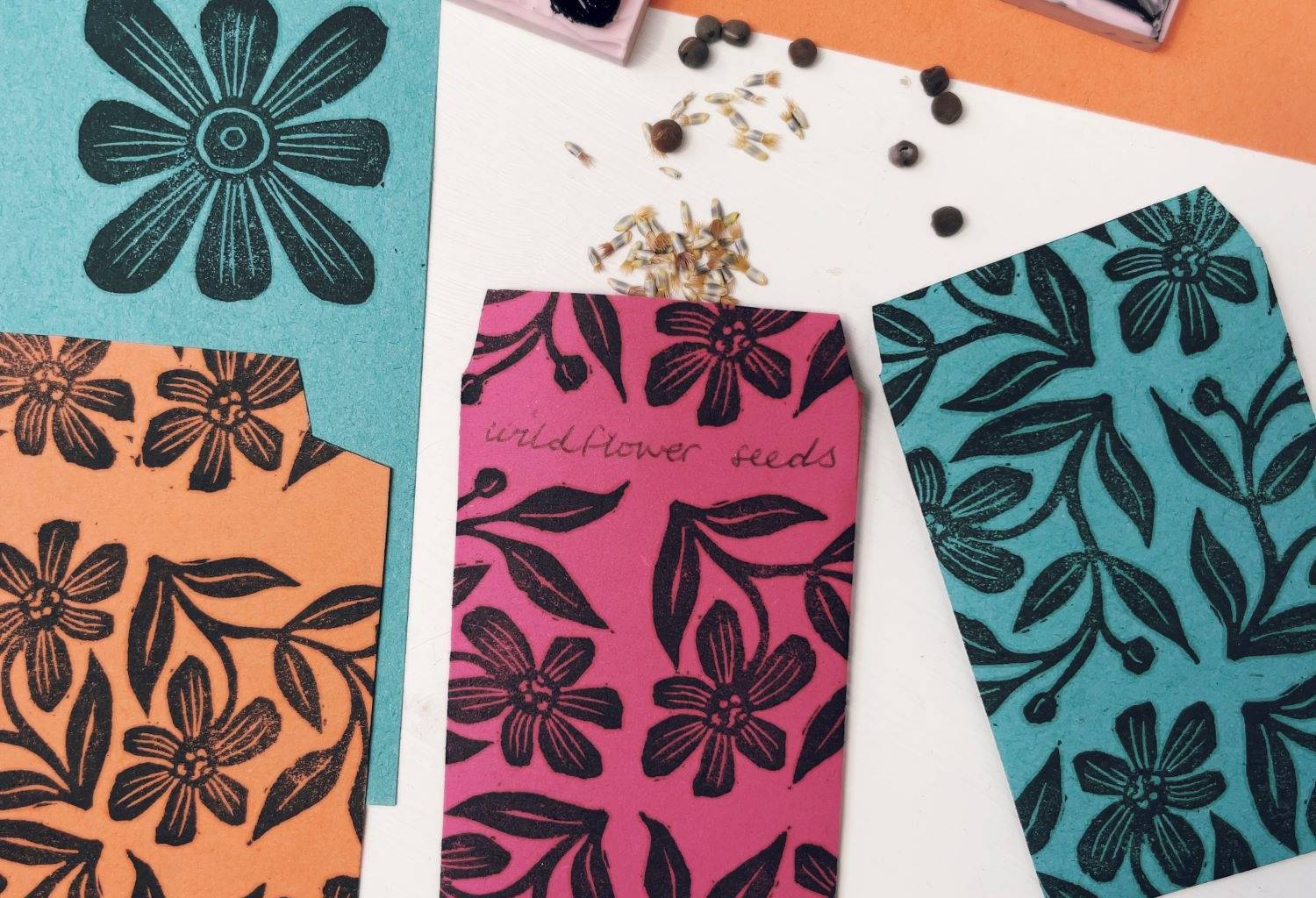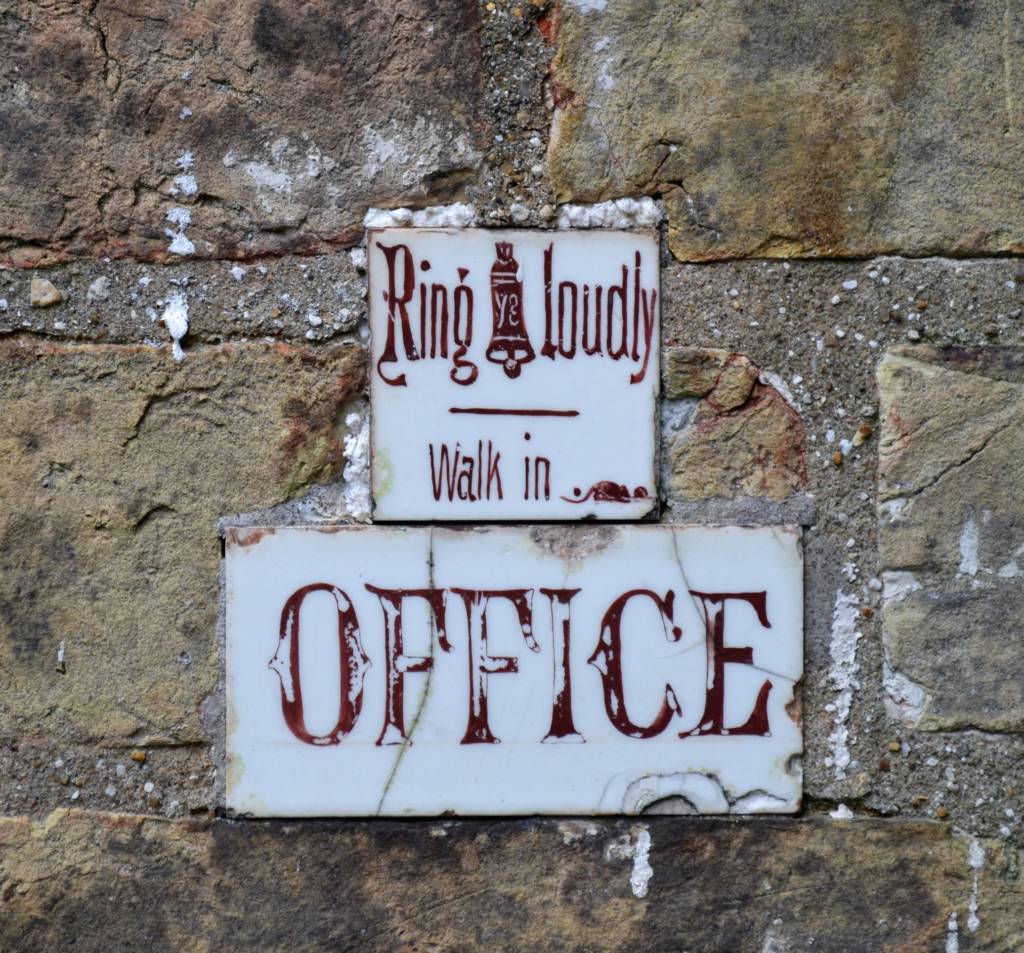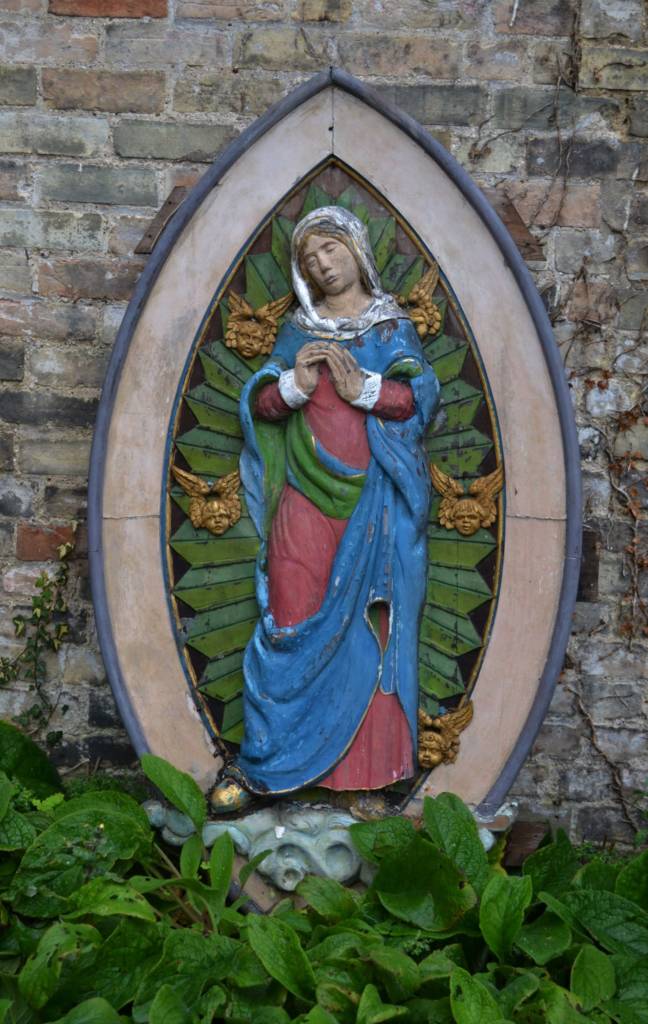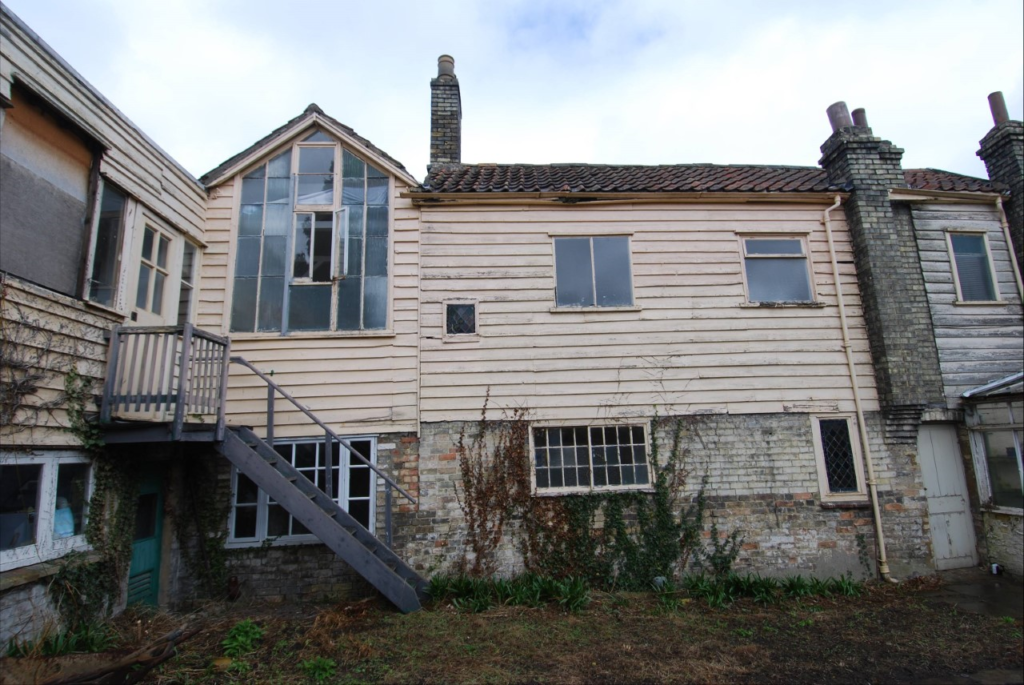In 1862, at the age of 25, with the help of loans from his brothers, Barnett and John, and his close friend from the Church of England Young Mens’ Society and East Road Sunday School, Patrick Seekins, Frederick purchased numbers 35-37 City Road for £300. 36 City Road had been a public house – The Flower Pot – and Frederick converted the three separate buildings into new living accommodation and built wooden workshops in the yard behind the former pub. There was a paint shop, a stained glass works and a gas-fired kiln as well as a metal and wrought iron workshop. The Leach archive contains a ten-page ‘Prospectus of Work’ detailing these alterations
One of Frederick’s ‘red letter’ days, when he switches to a red pen to record a special event of significance in the family, was the wedding of his daughter, Ada, to Harry Heffer of the Cambridge firm of booksellers which was celebrated at City Road on the 25th February 1892, following the wedding ceremony at Christ Church on Newmarket Road. Preparations began two days before the wedding with ‘a general dusting out and clearing’ and an awning was put ‘up the top office stair’ for the occasion. About fifty friends and family celebrated with them on their wedding day and then a second party was had the next day with the men and their wives. Frederick summed up in his diary: ‘this with yesterday very happy indeed with God’s blessing’.
Frederick lived at City Road for over 35 years until 1898 when he moved to St George’s in De Freville Avenue.
Members of the Leach family continued to live and work at City road until the 1960s when the Catholic branch of the family, the children of Barnett MacLean Leach, all died without children. Harold Lister, a cabinetmaker, was the next incumbent and, after his death, the buildings were rented out as studio spaces to artists and designers. If you rented space at City Road and have memories (and possibly photos) you would be able to share with us, please get in touch (shelley@davidparrhouse.org).
In 2013, the workshops were demolished and new housing was built on the same footprint as the old buildings, retaining key features such as the weatherboarding. A few of us went in ahead of the bulldozers to try to salvage as much as we could and to take as many photographs as possible. The items we saved, such as the fireplace with tiled surround, stained glass panels, trestles, brushes and so much more, are now displayed in our Visitor Centre at 184 Gwydir Street.
See also
Sara Payne, Down Your Street, Cambridge Past & Present: Volume II East Cambridge (Pevensry Press 1984)

